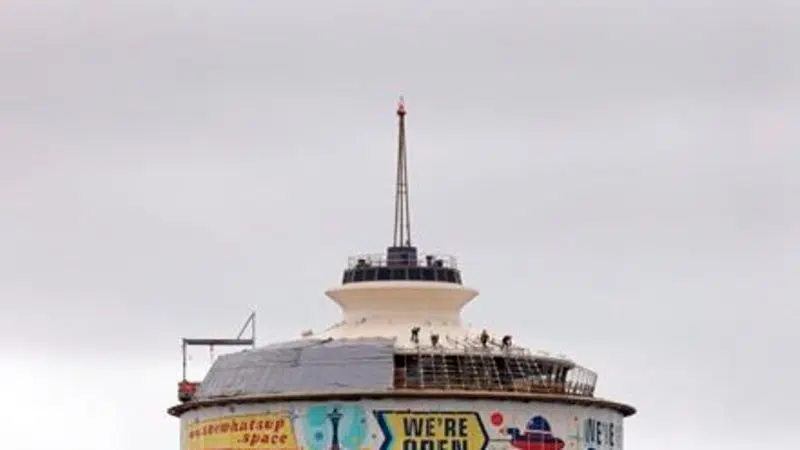
Look south: Study finds comparisons for future climate of U.S., Canadian cities
Wondering what your city’s climate will be like in a few decades?
Look south — about 1,000 kilometres south, says an unusual new study published Tuesday.
That’s the average distance between 540 cities in the United States and Canada and the nearest city that now has the climate that they could expect, says co-author Matt Fitzpatrick of the University of Maryland’s Center for Environmental Science.


